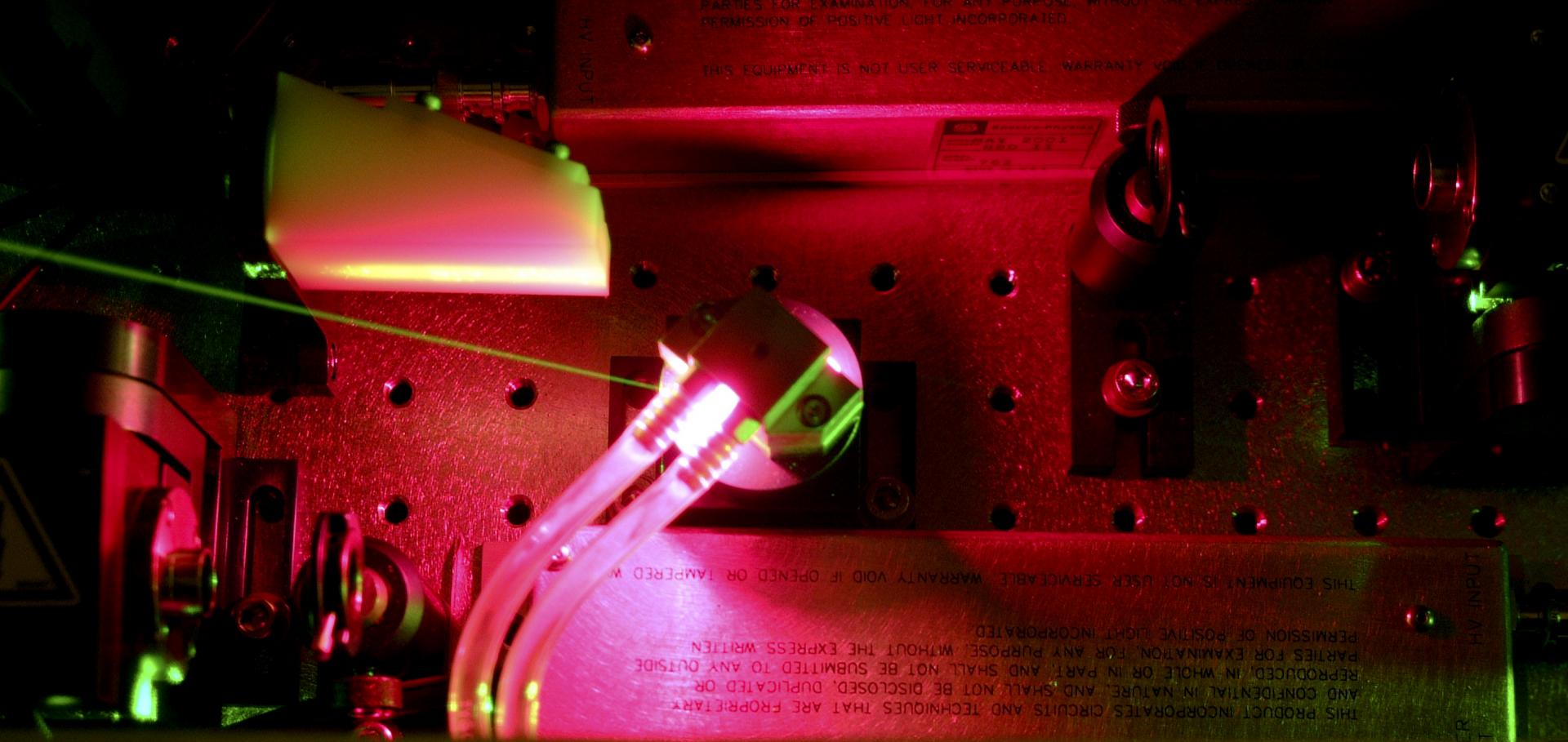Simple technique for generating trains of ultrashort pulses.
Opt Lett 32:15 (2007) 2203-2205
Abstract:
A simple method for generating trains of high-contrast femtosecond pulses is proposed and demonstrated: a linearly polarized, frequency-chirped laser pulse is passed through a multiple-order wave plate and a linear polarizer. It is shown theoretically that this arrangement forms a train of laser pulses, and in experiments the production of a train of approximately 100 pulses, each of 200 fs duration, is demonstrated. In combination with an acousto-optic programmable dispersive filter this technique could be used to generate and control pulse trains with chirped spacing. Pulse trains of this type have widespread applications in ultrafast optics.Laser wakefield simulations towards development of compact particle accelerators
Journal of Physics: Conference Series 78:1 (2007)
Abstract:
Laser driven wakefield accelerators produce accelerating fields thousands of times those achievable in conventional radio-frequency accelerators, offering compactness and ultrafast bunches to potentially extend the frontiers of high energy physics and enable laboratory scale ultrafast radiation sources. Realization of this potential requires understanding of accelerator physics to advance beam performance and stability, and particle simulations model the highly nonlinear, kinetic physics required. One-to-one simulations of experiments provide new insight for optimization and development of 100 MeV to GeV and beyond laser accelerator stages, and on production of reproducible and controllable low energy spread beams with improved emittance (focusability) and energy through control of injection. © 2007 IOP Publishing Ltd.Quasi-phasematching of harmonic generation via multimode beating in waveguides
Optics Express 15:13 (2007) 7894-7900
Abstract:
A new scheme for quasi-phasematching high harmonic generation (HHG) in gases is proposed. In this, the rapid variation of the axial intensity resulting from excitation of more than one mode of a waveguide is used to achieve quasi phasematching. Numerical modeling demonstrates enhancement of the harmonic signal over that achieved for a single coherence length by factors >10 4. © 2007 Optical Society of America.GeV electron beams from a centimeter-scale channel guided laser wakefield accelerator - art. no. 056708
PHYS PLASMAS 14:5 (2007) 56708-56708
Abstract:
Laser wakefield accelerators can produce electric fields of order 10-100 GV/m, suitable for acceleration of electrons to relativistic energies. The wakefields are excited by a relativistically intense laser pulse propagating through a plasma and have a phase velocity determined by the group velocity of the light pulse. Two important effects that can limit the acceleration distance and hence the net energy gain obtained by an electron are diffraction of the drive laser pulse and particle-wake dephasing. Diffraction of a focused ultrashort laser pulse can be overcome by using preformed plasma channels. The dephasing limit can be increased by operating at a lower plasma density, since this results in an increase in the laser group velocity. Here we present detailed results on the generation of GeV-class electron beams using an intense femtosecond laser beam and a 3.3 cm long preformed discharge-based plasma channel [W. P. Leemans et al., Nature Physics 2, 696 (2006)]. The use of a discharge-based waveguide permitted operation at an order of magnitude lower density and 15 times longer distance than in previous experiments that relied on laser preformed plasma channels. Laser pulses with peak power ranging from 10-40 TW were guided over more than 20 Rayleigh ranges and high quality electron beams with energy up to 1 GeV were obtained by channeling a 40 TW peak power laser pulse. The dependence of the electron beam characteristics on capillary properties, plasma density, and laser parameters are discussed. (C) 2007 American Institute of Physics.Modeling of a square pulsed capillary discharge waveguide for interferometry measurements
Physics of Plasmas 14:2 (2007)


